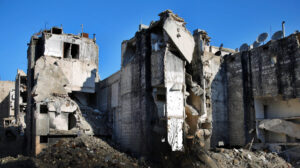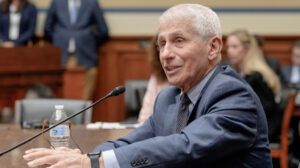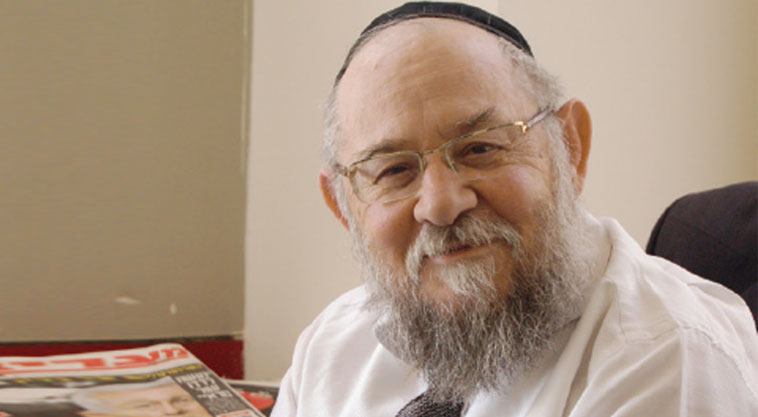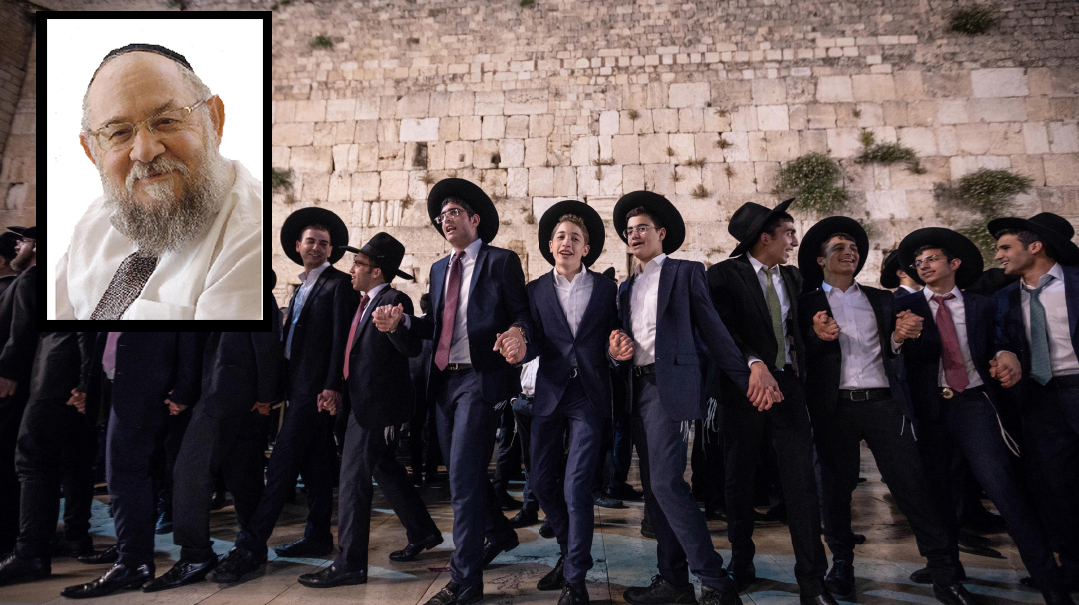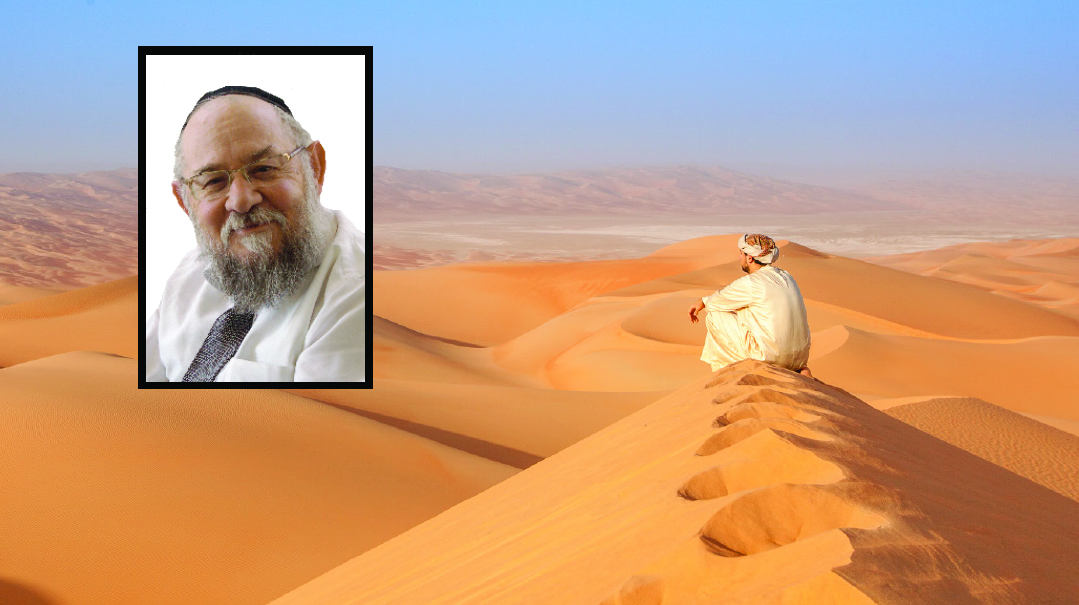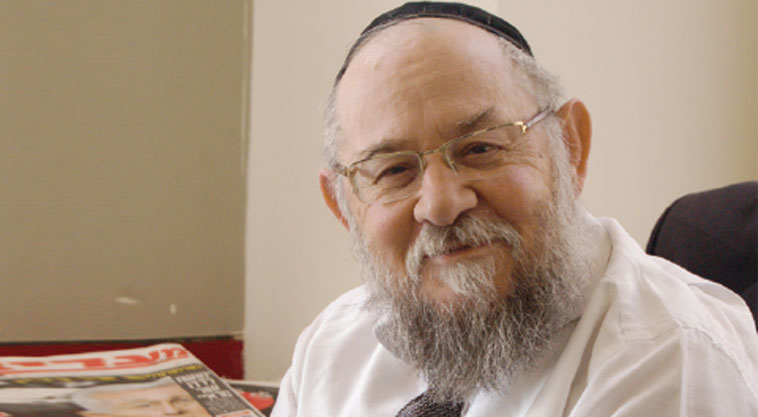Press Reset
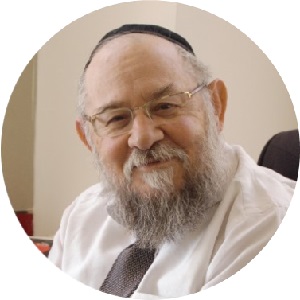
The fact that the mitzvah of shofar isn’t stated explicitly actually forces us to delve deeper into the essence of the mitzvah.
If the Torah is so explicit with mitzvos of the Yamim Tovim, why the vagueness when it comes to the mitzvah of shofar on Rosh Hashanah? Why are we being sent all the way to halachos of the once-in-50-year Yovel to understand what a shofar blast is all about?
It’s now the height of summer vacation, but in little over a week we’ll start blowing the shofar again. It’s a sharp transition, but if we look closely, there is in fact an intimate connection between these weeks and the shofar of Elul and Rosh Hashanah.
The blowing of the shofar throughout Elul is a rehearsal of sorts for Rosh Hashanah, in which shofar is the principal mitzvah of the day. We’ve all learned throughout the years about the multi-layered significance of the shofar, with its power of awakening, to the annual Day of Reckoning.
And yet, it’s an intriguing point that nowhere in the Torah is there a stated chiyuv to blow the shofar on Rosh Hashanah. At least, it can’t be found explicitly in the parshiyos dealing with Rosh Hashanah. The pasuk (Bamidbar 9:1) only says that the day shall be a “Yom Teruah.” And in parshas Emor (Vayikrah 23:24) the expression used is “Zichron Teruah.” But there’s no explanation of what exactly teruah is, nor any mention of a shofar. The fact that the mitzvah of shofar isn’t stated explicitly actually forces us to delve deeper into the essence of the mitzvah.
And the wonder only intensifies if this fact is taken in the context of the rest of the parshah. In the section devoted to the various chagim, every other chag gets a rundown of our instructions for the day. The Torah provides an outline of the mitzvos of Pesach, Yom Kippur, Succos, and so on. But when it comes to Rosh Hashanah, all we get is this one ambiguous word: “Teruah.” What is teruah? How do you do it? There isn’t a single word about any of this. Isn’t it a little curious that of all the chagim, the Torah won’t explicitly tell us of the principal mitzvah of Rosh Hashanah?
As many readers are aware, Chazal derive the mitzvah of blowing shofar on Rosh Hashanah (Rosh Hashanah, daf 32) from a gezeirah shavah (parallel terminology) with the mitzvos of Yovel. In the parshah dealing with Yovel, the word “shofar” appears on two occasions, one of which is tied to the word teruah (“v’he’evartem shofar teruah”). Hence the Gemara concludes that the word teruah used in parshas Emor means teruah with a shofar.
But this raises a fundamental question: There’s a well-known dictum that “tadir v’eino tadir, tadir kodem” — that is, a mitzvah observed regularly takes precedence over a mitzvah observed infrequently. Now the mitzvah of shofar on Rosh Hashanah is observed annually, in every generation, in every place where there are Jews. All are required to hear it. Even in hospitals and the depths of prison cells, volunteers make sure every Jew gets to hear the electrifying, soul-stirring call of the shofar.
But the chiyuv of blowing shofar at the Yovel comes around only every 50 years, and that shofar is only blown on Yom Kippur in the Beis Hamikdash. Furthermore, the laws of Yovel only apply if there is a Beis Hamikdash and the majority of Klal Yisrael resides in their homeland. In other words, it hasn’t been applicable in 2,000 years. In light of this, wouldn’t it have been more appropriate if the gezeirah shavah were reversed? If the word “shofar,” in its relation to the concept of “teruah,” had appeared in the pasuk dealing with Rosh Hashanah instead? If the mitzvah of Yovel was derived through gezeirah shavah from Rosh Hashanah, and not the reverse? Additionally, such an alternate wording would harmonize the section of Rosh Hashanah with the more expanded pesukim dealing with the other chagim.
Obviously, there is great significance behind this omission. The Torah is intentionally sending those looking for instructions on Rosh Hashanah to the mitzvah of shofar blowing in Yovel, to teach something profound.
Regarding the mitzvos of Yovel it is written: “You shall proclaim freedom throughout the land for all its inhabitants… you shall return each man to his ancestral heritage and you shall return each man to his family” (Vayikrah 25, 10).
In the days of the Mikdash, every Jew experienced the Yovel at least once in his life. He drank in the complete freedom and equality that descended on Eretz Yisrael that year.
Let’s try to imagine what that year actually looked like: In the year of Yovel during the time of the Beis Hamikdash, all the economic ties created through the warping pressures of life were released, and with them their effects on society. People so far gone financially that they sold themselves into slavery held their heads high once again, as free men (“and you shall return each man to his family”). Family plots sold by their owners under dire straits returned to the original holders. The huge estates were dismantled and the original distribution of the land was restored. The accumulation of all capital in the hands of a small minority wasn’t possible under Torah life. Every time the 50th year rolled around economic life was regulated anew, restoring equal opportunity to every member of Klal Yisrael. In other words, every 50 years the entire nation went back to the starting line. And it started with the signal of the shofar blast on Yom Kippur (“You shall sound a blast on the shofar, in the seventh month, on the tenth of the month… you shall sound the shofar throughout your land”). The shofar blew, and the chains weighing down the people were struck off. Complete freedom reigned in the land. It was a bloodless revolution that reset the board and granted hope and fresh opportunities to every member of the community.
What a beautiful and elevated moment.
Back from the shofar of Yovel to the shofar of Rosh Hashanah.
And so, the Torah wanted the conscientious Jew to think long and hard about this question: Why must we turn to Yovel for instructions regarding Rosh Hashanah? It forces us to look at the promise of freedom that is at the core of Yovel, so that we can fully grasp how Yovel can enhance our understanding of the concept of teshuvah — the essence of the Days of Awe that are soon to come around again.
When the shofar blares out its notes in shul, explains Rav Shamshon ben Rafael Hirsh, the Jew is called on to remember the Yovel, to hear that other shofar blast with the promise of freedom it brought to Klal Yisrael. In his mind’s eye he should watch the slaves being liberated and returning home as free men. He should experience anew the liberating sensation of the year when the land was freed of all its warping restrictions and returned to be a land of promise and opportunity to all its people, who had received the chance to start over again.
Then he will be able to understand what the Torah wants from him. When the shofar blows, you’re called on — just as at the Yovel — to return homeward. To go back to being a free man on the personal level. To return to the freedom of the neshamah, the freedom from debasing instincts, bad habits, changing fashions, bad middos, anger and resentment, the pursuit of outward forms, false conventionalities and the counsels of the yetzer hara who has bound us to his train of sins throughout the year. That’s what HaKadosh Baruch Hu is demanding of us: Shuvu elai v’ashuvah eleichem. To return to the roots of the neshamah, to the purity that we all long for somewhere deep inside. And just as at the Yovel, teshuvah will give us the opportunity to shake off the weight of the past and return to the starting line, opening windows to new opportunities in the future.
And this is something we can start doing now, even during vacation.
(Originally featured in Mishpacha, Issue 872)
Oops! We could not locate your form.




